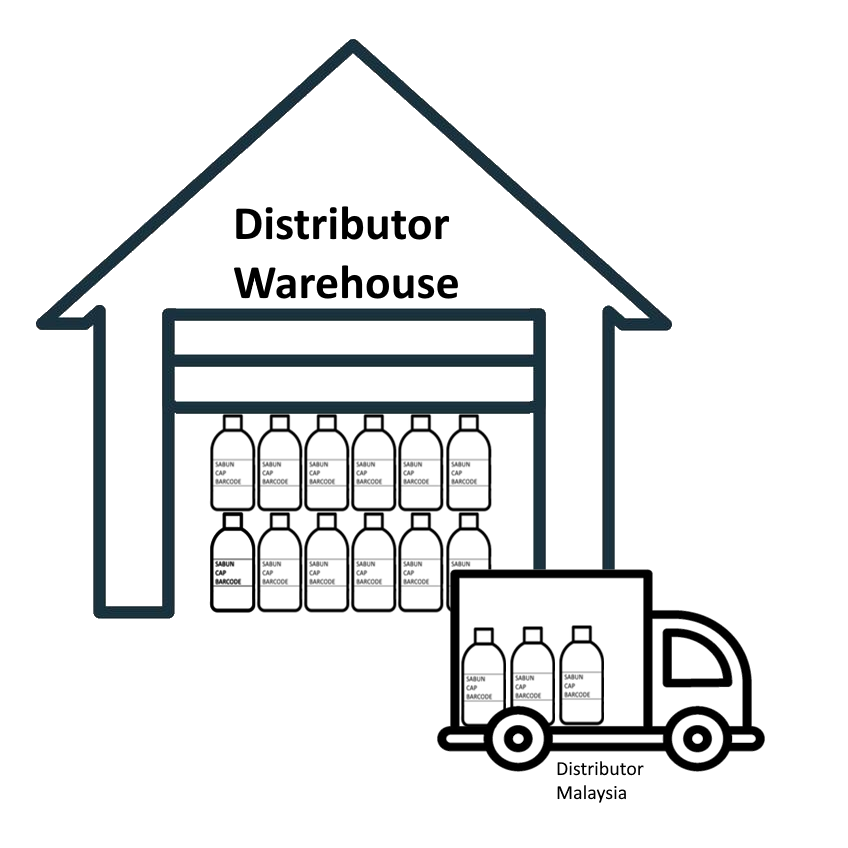 What activity can be performed by the manufacturer at their distribution warehouse?
What activity can be performed by the manufacturer at their distribution warehouse?
Today manufacturers in Malaysia rely on distributor to distribute their products to whole Malaysia, it depends on model of distribution arrangements. The type of arrangement between a distributor and a manufacturer regarding goods storage can vary depending on the specifics of their agreement and the nature of the products involved. Example of agreement include Consignment Basis, Warehousing Agreement, Just-in-Time (JIT) Delivery, Exclusive Storage Agreement, Ownership and Risk Agreement, Inventory Management Agreement and more. Depending on the agreement, manufacturers should conduct warehouse audits at distributor warehouses to ensure their products are properly stored and managed. Here are key types of monitoring activities you should undertake as product owner:
Inventory Accuracy Checks: Verify the accuracy of inventory records compared to physical stock levels. This helps prevent discrepancies and ensures adequate stock levels.
Storage Conditions Inspection: Assess the storage conditions such as temperature, humidity control, and cleanliness to ensure they meet the product's requirements. This is crucial for maintaining product quality and shelf life.
Stock Rotation and Shelf-Life Management: Ensure that FIFO (First In, First Out) or FEFO (First Expired, First Out) principles are followed to minimize the risk of expired products and maintain product freshness.
Damage and Loss Prevention: Inspect for any signs of damage during handling and storage. Implement measures to minimize damage and loss, such as proper stacking, handling procedures, and use of protective packaging.
Order Fulfilment Accuracy: Verify the accuracy of orders picked and shipped against customer orders and packing lists. This ensures that customers receive the correct products and quantities.
Compliance with Handling Instructions: Ensure that handling instructions provided by the manufacturer (e.g., handling sensitive products, stacking restrictions) are followed to prevent product damage.
Security and Safety Measures: Review security protocols to prevent unauthorized access and ensure the safety of products stored in the warehouse.
Communication and Relationship Management: Maintain regular communication with warehouse managers to address any issues promptly and foster a collaborative relationship.
By:
pang
| Date:
21 Jun2024